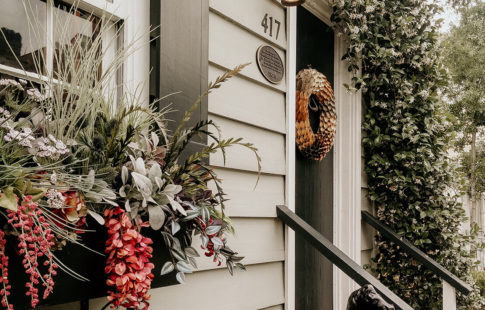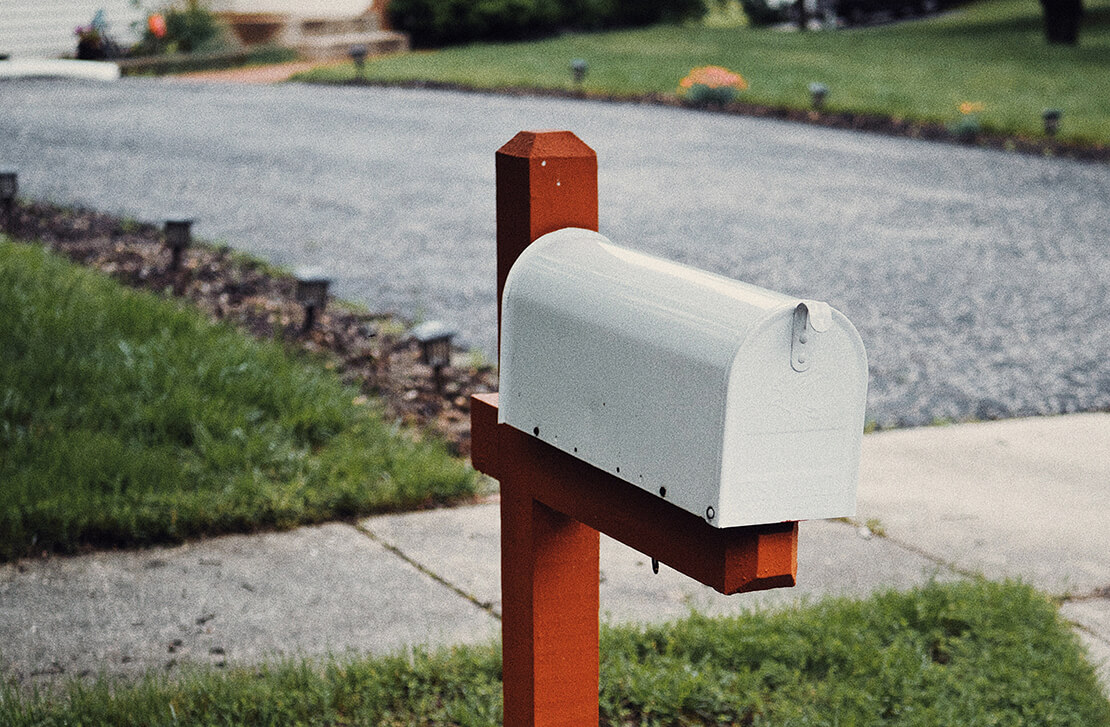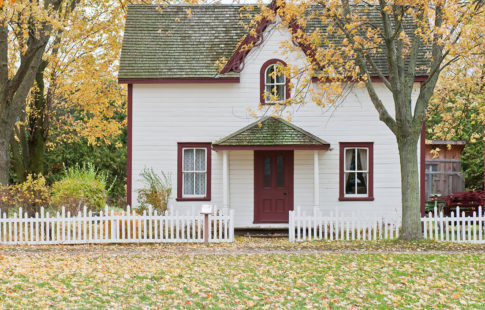Buying your first home is an exciting time, fueled by pride for what you’ve accomplished and anticipation for what’s to come. But similarly to most new experiences, it can also be an overwhelming time. After all, there’s no more appropriate definition of #adulting than #homeownership! Don’t fret, though; Mr. Cooper has you covered. Here’s our handy adulting guide for first-time home buyers.
Transfer or Set Up Utilities
One of the most important (and first) things on your #adulting list should be to make sure that all utilities are scheduled to be activated when you close on your new home. If you’re moving from an apartment, you will have some utility bills you may not be used to paying — like water and gas. It’s wise to consider scheduling your Internet activation for the day immediately following moving day. This way, the installation crew isn’t in the way of your movers and you have Internet access quickly.
Forward Mail
For a $1 fee, you can forward your mail through the USPS at www.usps.com/move. (The charge is simply to verify identity.)
Change Your Address
Once you move, you will have a long list of people and companies who will need an updated address. Make sure to provide your new address as soon as possible. Consider the following:
- Banks
- Loans (student loans, vehicle loans, etc.)
- Employers
- Health insurances
- Doctor’s offices
- Voters’ registration
- Driver’s licenses (you typically have 30 days to do this)
- Pet services: vet offices, micro-chip registrations, and tags on collars
- Amazon and other retail accounts
- Magazine subscriptions
- Other subscription services (including meals, beauty, clothing, etc.)
- Vehicle insurance and registrations
- Family and friends*
*Consider sending a moving announcement via email or snail mail to your friends and family so they know where to find you.
Change Locks
Once you have the keys to your new home, it’s smart to change your locks. While likely good intentioned, you never know who the previous owners may have given a key to. Once you change your locks, discard your old keys and have several new keys made.
Establish a cleaning schedule
It’s also wise to establish a cleaning schedule right off the bat. You’ll also want to factor in quarterly and bi-annual cleaning chores like windows, baseboards, and gutters. (Nothing will make you feel like a real homeowner than carving out a weekend in the spring for window cleaning!)
Locate nearby in-case-of-emergency spots
You’ll quickly find your local grocery store and gas station, but take some time to locate your closest emergency room, animal hospital, etc. In the case of an emergency, you’ll want to be prepared.
Homeowner’s Insurance
In most cases, a homeowner’s insurance policy will need to be established in order for the loan to get approved. This can vary by state, but typically a buyer will need to bring proof of insurance with them to the closing.
Organize moving-related documents
Designate a safe spot for all moving-related documents including closing paperwork, inspection reports, and any other documentation given to you when you purchased your home. You will likely reference these documents often in your first year of homeownership.
File moving receipts
Make sure to keep all of your receipts related to your move in a secure location. You may need these to claim your move on your next tax return.
Locate home essentials
Make sure you know where to find your fuse box, gas shut off, and water shut off.
Find a local handyman
Unless you or your significant other is ultra-handy, it may benefit you to do some research and find a local handyman. There will likely be several home projects needing completion right after you move, and if you aren’t experienced enough to tackle them, you could do some real damage to your new home. Neighborhood apps and word of mouth are great ways to find a trusty and reliable resource.
Disconnect water hose during winter months
Before winter rolls around, make sure to detach your water hoses, close the inside shut-off valve, and drain the faucet. Since water expands when it freezes, skipping this simple step could become very problematic (and expensive)!
With this #adulting guide in hand, you’re all set to tackle both homeownership. You’ve got this!







